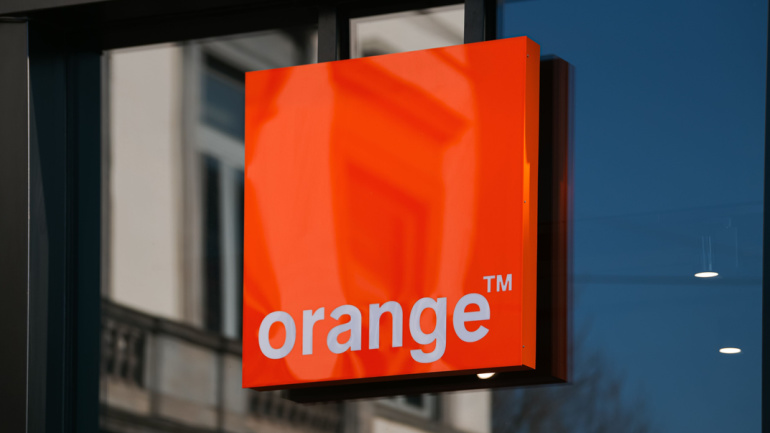IBM has introduced Watsonx Code Assistant, an AI-powered tool for enterprise software development. Riga Technical University partners with IS-Wireless to advance 5G Open RAN technology. Snom’s phones are certified for NetSapiens, streamlining deployment for telecom resellers. Google Maps enhances user experience with AI-powered features, offering Immersive View, improved navigation, and EV charging information, striving to outperform competitors.
Ofcom’s revised net neutrality rules in the UK now allow broadband providers to offer tiered services based on latency, not just throughput. Furthermore, these new regulations also permit the creation of specialized services, paving the way for network slicing and multi-access edge computing in the future. On the somewhat contentious front, zero-rating, or providing unrestricted access to specific online services, gets a green light, albeit with a few conditions.
Ingbert Liebing, VKU Chief, calls for decisive action from BNetzA to ensure Deutsche Telekom’s transparency in its fiber expansion plans. VKU argues that Telekom’s vague plans have hampered national FTTH deployment. However, Deutsche Telekom views this as fair competition. With over 300 complaints about overbuilding, Juergen Grützner, VATM MD believes clearer regulation is urgent to meet expansion goals.
In a surprising twist, T-Mobile has withdrawn its plan to move select subscribers to more expensive mobile plans, a decision triggered due to substantial backlash from customers and the media. While emphasizing the necessity for small-scale tests as part of enhancing customer experience, T-Mobile’s CEO has hinted at the likelihood of similar attempts in future.
Nokia’s 25G PON solutions are boosting Google Fiber’s bold venture into establishing a 20-Gbps service, though the full potential of such capacity remains untapped. However, Google Fiber, focusing on the future, views this as a crucial step towards achieving 100-Gbps services and beyond. Yet, does the necessity of such impressive speeds linger in doubt, or are these advancements setting a thrilling precedent in the field of telecommunications?
The recent partnership between Plume, the cloud wifi platform provider, and one of India’s telecom titans, Reliance Jio, aims to deliver smart home services to almost 200 million properties. Subscribers will gain access to AI powered services offering a range of benefits, from adaptive wifi and performance optimization to enhanced cyber protections. Yet, with great expansion comes potential challenges, such as customer service and quality control.
Vodafone’s recent triumph, a successful trial achieving 5 Gbps using the upper 6 GHz band for mobile signal transmission, highlights the upcoming decision on spectral band division at ITU’s WRC23. Through this trial, performed on Madrid’s Vodafone campus, engineers established the 6 GHz band can provide coverage on par with existing 5G networks.
At the European Conference on Optical Communication, Huawei’s cutting-edge FTTR solution solidified its standing as the industry leader by winning the Most Innovative PON/5G/FTTx Product Award. Catering to a wide range of users—from homes to small businesses—Huawei’s solution offers superior bandwidth, minimal latency, uninterrupted Wi-Fi connectivity, and self-management capabilities, making it a favorite among global broadband users and operators. Moreover, it’s built on a point-to-multipoint all-optical networking architecture, providing ultra-gigabit Wi-Fi networks. Remarkably, the FTTR rollout is efficient and aesthetically pleasing, using a unique self-adhesive transparent optical fiber with fast deployment times.
In the recently held Network X event, Orange’s Deputy CEO shed light on their significant fiber expansion and presented an intriguing outlook on 5G’s future, hinting at its potential in achieving the 2040 CSR objectives. Discussing 5G Standalone (SA), she highlighted it as a gamechanger for B2B interactions, fueling varied possibilities. Briefly discussing their triumph at the Barcelona port project, she humbly emphasized the responsibilities that come with connected factories.
In a bold amalgamation move, Orange and MasMovil are set to combine their Spanish telecom operations in a €19 billion deal. European regulators, however, have expressed concerns, fearing a spike in consumer costs due to a potential market monopoly. To address these apprehensions, Orange and MasMovil are shedding some assets, with Romanian telecom Digi earmarked to acquire parts of the business, paving the way for a more competitive landscape. Californian tech enthusiasts, early adopters and IT professionals are keenly observing this development, which is seen as a yardstick for regulator sentiment towards large-scale telecom consolidation in Europe.













